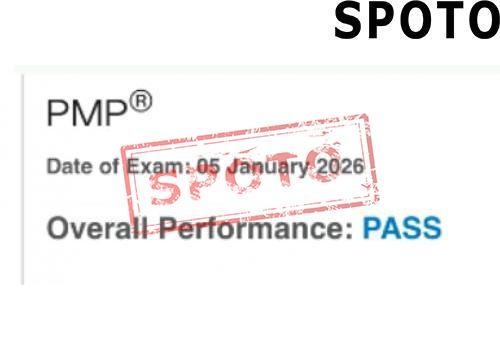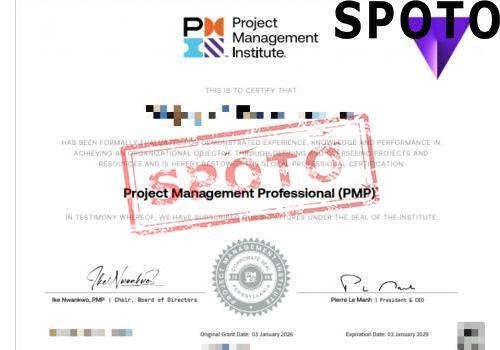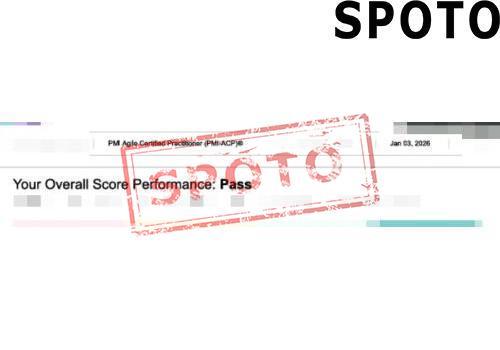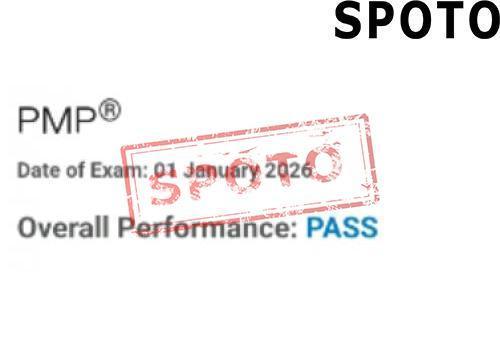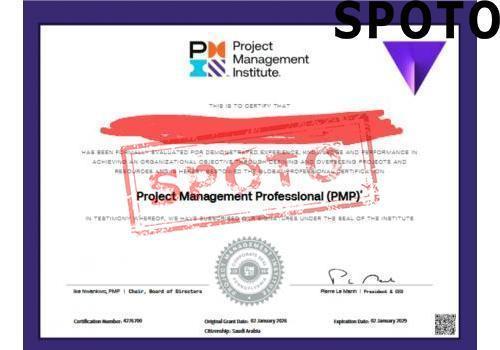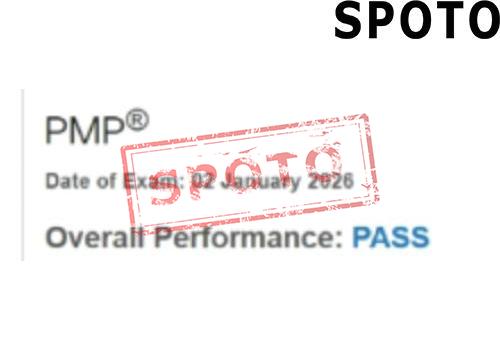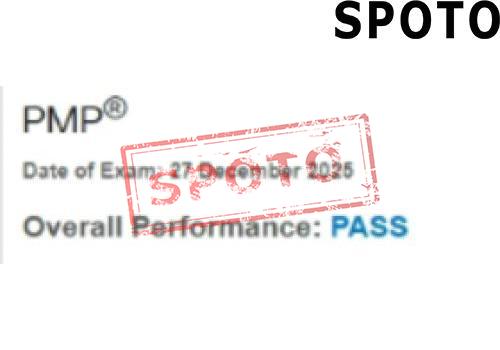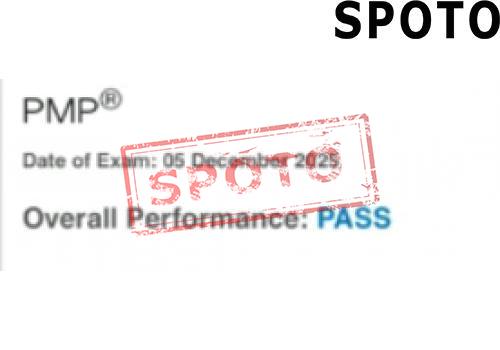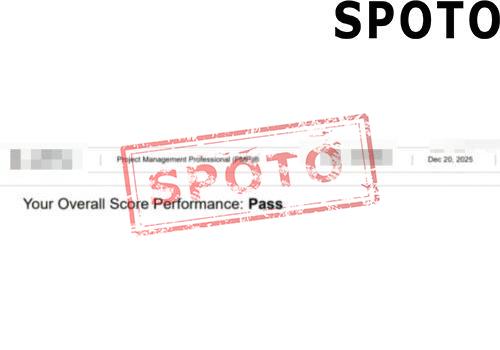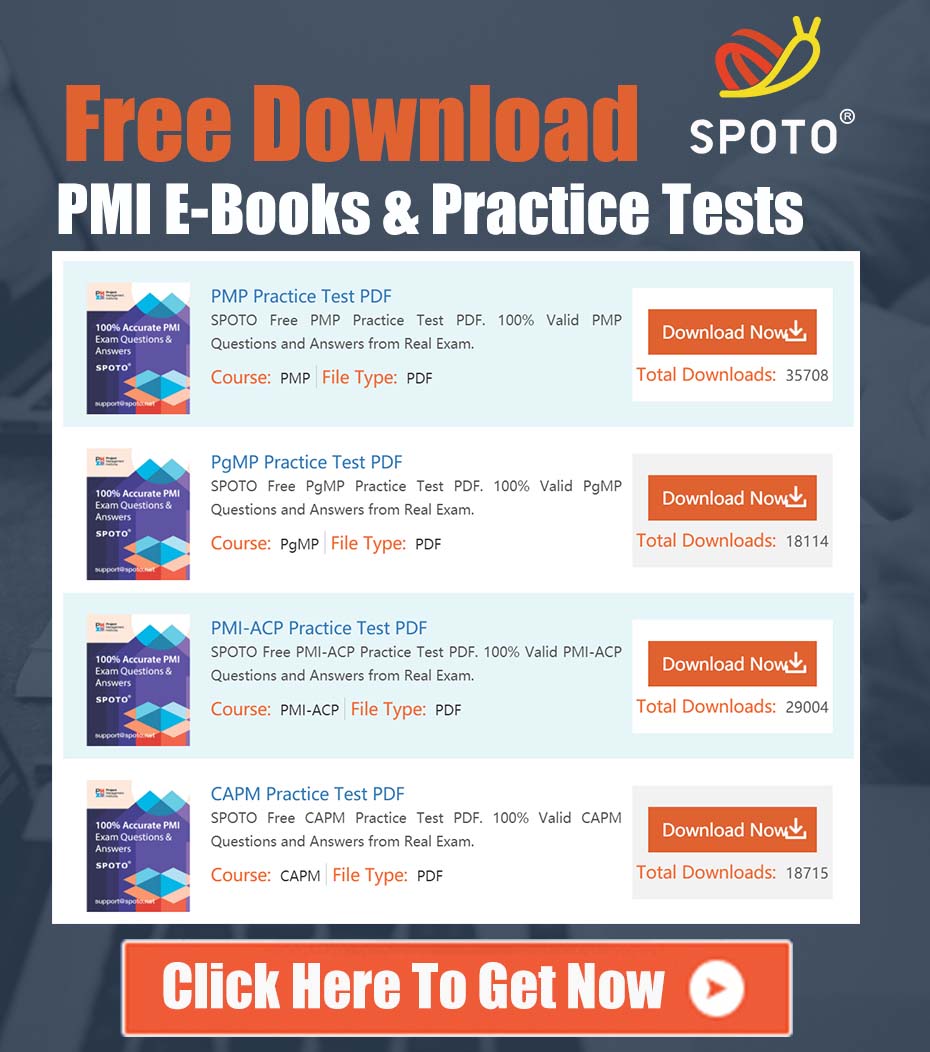
Table of Contents
- Ⅰ. Introduction
- II. Key Components of Earned Value Management
- A. Planned Value (PV)
- B. Earned Value (EV)
- C. Actual Cost (AC)
- D. Schedule Variance (SV)
- E. Cost Variance (CV)
- F. Schedule Performance Index (SPI)
- G. Cost Performance Index (CPI)
- III. Understanding EVM Formulas
- IV. Benefits of Implementing Earned Value Management
- V. Common Challenges Faced in Earned Value Management
- VI. Best Practices for Successful Earned Value Management
- VII. Conclusion
Ⅰ. Introduction
Earned Value Management (EVM), a structured method, intertwines the scope, schedule, and cost parameters of project management, facilitating an integrated view of project performance. At its core, EVM transcends traditional monitoring techniques by integrating these three critical dimensions, allowing for a comprehensive snapshot of project health. This methodology is pivotal in ensuring projects adhere to their budgetary confines and timelines, thus guaranteeing successful outcomes.
The significance of EVM within the realm of project management cannot be overstated. By providing a holistic view of a project's progress against its planned objectives, EVM emerges as an indispensable tool for project managers. It enables the early detection of potential deviations from the budget or schedule, allowing for timely corrective actions. Furthermore, EVM's capacity to predict project performance trends ensures that strategic decisions are data-driven, enhancing overall project efficiency and stakeholder satisfaction.
II. Key Components of Earned Value Management
Earned Value Management is a powerful project management tool that allows managers to measure project performance. In order to fully comprehend EVM, one must understand its key components, each serving a unique purpose.
A. Planned Value (PV)
Also known as Budgeted Cost of Work Scheduled (BCWS), Planned Value (PV) represents the budget assigned for the total work planned or scheduled at any given point in time. It lays the groundwork for future cost-performance ratio measurement.
B. Earned Value (EV)
Formally termed as Budgeted Cost of Work Performed (BCWP), Earned Value (EV) is a critical EVM component. It reflects the actual value earned against the planned work completed. EV aids in determining whether the project is proceeding as per the laid out plan or not.
C. Actual Cost (AC)
Recognized as Actual Cost of Work Performed (ACWP), AC is the actual cost incurred for the work completed during a certain period. It offers an accurate gauge of the expenses involved in the execution phase of the project.
D. Schedule Variance (SV)
Schedule Variance (SV) is the numerical difference between Earned Value and Planned Value i.e., SV = EV - PV. This component enables the identification of schedule-based discrepancies in a project, thus helping in preventing delays.
E. Cost Variance (CV)
Cost Variance (CV) is the numerical value obtained by subtracting Actual Cost from Earned Value i.e., CV = EV - AC. This key component lends insight into the difference between the budgeted cost of work performed and the actual cost.
F. Schedule Performance Index (SPI)
Schedule Performance Index (SPI) emerges as the ratio of Earned Value to Planned Value i.e., SPI = EV / PV. SPI delivers a relative measure of the schedule efficiency till date, giving evolved clarity on the project’s progress against the initial timeline.
G. Cost Performance Index (CPI)
The last crucial component of EVM is the Cost Performance Index (CPI). It's the ratio of Earned Value to Actual Cost i.e., CPI = EV / AC. CPI caters to the project’s cost efficiency calculation, providing judgment on whether the project is over or under the budgeted cost.
III. Understanding EVM Formulas
Earned Value Management (EVM) thrives on a set of mathematical formulas that serve as the backbone for assessing a project's health, efficiency, and forecasted performance. Grasping these formulas enables project managers to convert raw data into actionable insights, propelling informed decision-making. Here, we delve into the essential formulas that constitute the EVM framework, each tailored to uncover different dimensions of project performance.
A. Planned Value (PV) Formula
Planned Value, often symbolized as PV, represents the total cost of work scheduled to be accomplished within a given timeframe. This value is calculated as the percentage of planned work times the project's budget at completion (BAC), formulated as PV = (Planned Work / Total Work) * BAC. It serves as a benchmark for what should have been achieved financially by a certain stage in the project.
B. Earned Value (EV) Formula
Earned Value or EV quantifies the actual work completed at a given point in time, measured against the budget. It is computed by applying the formula EV = (Actual Work Completed / Total Work) * BAC. EV provides a snapshot of project progress and financial status, offering insights into how much of the budget should have been spent for the work completed.
C. Actual Cost (AC) Formula
The Actual Cost, abbreviated as AC, captures the total expenses incurred for the work completed up until a specific period. This straightforward metric does not require a formula for direct calculation but emphasizes tracking all costs related to project tasks and activities.
D. Schedule Variance (SV) Formula
Schedule Variance, denoted as SV, is a critical EVM metric that compares the earned value against the planned value, using the formula SV = EV - PV. A positive SV indicates that the project is ahead of schedule, whereas a negative value suggests a delay. SV offers a clear, quantifiable measure of schedule adherence.
E. Cost Variance (CV) Formula
Cost Variance (CV) evaluates the financial efficiency of project execution by contrasting earned value with actual costs through the formula CV = EV - AC. Positive CV values signify that the project is under budget, while negative CV indicates cost overruns, providing a direct indicator of financial performance.
F. Schedule Performance Index (SPI) Formula
The Schedule Performance Index, or SPI, is a ratio that measures the efficiency of time utilized in the project, calculated as SPI = EV / PV. An SPI greater than 1 implies better than anticipated progress, while an SPI less than 1 denotes schedule lag, offering a comparative metric for schedule efficiency.
G. Cost Performance Index (CPI) Formula
Last but certainly not least, the Cost Performance Index (CPI) assesses the cost efficiency of the project work accomplished to date. The formula CPI = EV / AC generates a ratio, with values above 1 indicating that the project is performing under budget. Conversely, a CPI below 1 signals cost overruns, encapsulating the essence of financial stewardship in project management.
IV. Benefits of Implementing Earned Value Management
Earned Value Management (EVM) transforms the landscape of project management with its structured approach, offering unparalleled insights into project health. By integrating scope, cost, and schedule metrics, EVM provides a multifaceted view of project progress and performance.
A. Accurate Project Status Tracking
One of the hallmark benefits of EVM is its ability to offer a real-time, comprehensive snapshot of project status. This system transcends traditional tracking methods by quantifying work performance against planned schedules and budgets, enabling project managers to gauge the actual progress of their projects with precision. The clarity provided by EVM eliminates the guesswork in project monitoring, ensuring that stakeholders have a transparent view of the project’s trajectory at any given moment.
B. Effective Cost and Schedule Control
Controlling costs and adhering to schedules are pivotal for the success of any project. EVM excels in this area by facilitating a proactive management style. Through the analysis of variances and performance indexes, project managers can identify trends that signal potential overruns early in the project lifecycle. This foresight allows for timely adjustments, ensuring that projects remain aligned with their financial and temporal targets, thereby safeguarding against spiraling costs and delays.
C. Early Identification of Potential Issues
EVM serves as an early warning system, spotlighting deviations from the plan before they escalate into critical problems. This predictive capability is instrumental in mitigating risks, as it provides project managers the opportunity to implement corrective measures swiftly. The early detection of issues is crucial for maintaining project health and can significantly reduce the impact of challenges on the project’s outcome.
D. Enhanced Decision-Making and Risk Management
The insights garnered from EVM equip project managers with the data necessary to make informed decisions. By understanding the cost implications of schedule variations and the impact of resource allocation on project performance, managers can strategize more effectively. This analytical foundation enhances risk management processes, enabling a strategic approach to mitigating threats and capitalizing on opportunities, thus driving project success.
V. Common Challenges Faced in Earned Value Management
The journey of implementing Earned Value Management (EVM) is fraught with various hurdles that can derail the success of a project. Recognizing these obstacles is the first step towards navigating through them effectively.
A. Inaccurate Project Estimations
One of the most critical challenges in the realm of EVM is the creation of project estimations that do not mirror the reality of the project’s scope, time, and cost requirements. This disparity between estimation and actuality can significantly skew the EVM metrics, leading to misleading conclusions about the project's health.
B. Difficulty in Measuring Progress Accurately
Another hurdle is the precise measurement of project progress. The accuracy of Earned Value (EV) calculations directly hinges on the reliability of progress assessments. When these assessments are flawed or subjective, it distorts the EV metric, thus impacting the overall EVM analysis.
C. Lack of Stakeholder Support and Engagement
The success of EVM implementation heavily depends on the buy-in from all stakeholders involved. Resistance or indifference from stakeholders can stifle the adoption of EVM practices, resulting in a lack of necessary support for EVM data collection, analysis, and decision-making processes.
D. Ineffective Project Communication
Communication is the backbone of EVM’s successful implementation. Ineffective communication channels and strategies can lead to misunderstandings, misinformation, and missed opportunities for corrective action. Ensuring clear, consistent, and comprehensive communication is crucial for the seamless integration of EVM into project management practices.
VI. Best Practices for Successful Earned Value Management
Efficient implementation of Earned Value Management (EVM) requires adherence to some key practices that optimize performance, propel project success and enhance stakeholder trust and engagement. Here are some of them:
A. Comprehensive Project Planning
Successful EVM starts with a comprehensive project plan. It's crucial to accurately define project scope, set realistic timelines, schedule resources adequately, and outline clear-cut objectives. Utilize Work Breakdown Structures (WBS) and project scheduling tools to map project activities and for proper task allocation. Careful budgeting also forms a critical part of planning, helping to establish baselines for cost and schedule variance calculations.
B. Regular Monitoring and Reporting
Continuous monitoring of the project’s progress against the set parameters ensures early detection of deviation, facilitating timely corrective action. Regular reporting to stakeholders helps maintain transparency and fosters trust. Use periodic status reports that detail the Planned Value (PV), Earned Value (EV), Actual Cost (AC), Schedule Variance (SV), and Cost Variance (CV). Keep track of performance indicators like the Schedule Performance Index (SPI) and Cost Performance Index (CPI) for an accurate picture of project progress.
C. Continuous Evaluation and Adjustment
Effective EVM implementation requires ongoing evaluation of project parameters and prompt adjustments when necessary. It isn't enough to just monitor and report project performance. Project managers must assess the EV against the PV and AC and calculate the resulting variances and performance indexes. The results can guide project adjustments to keep the project within scope, on time, and within budget.
D. Utilizing EVM Software Tools
With the complexity of many modern projects, manual EVM can be time-consuming and prone to error. EVM software tools automate the process, enhancing accuracy and efficiency. These tools can assist in project planning, ongoing evaluation, anomaly detection, performance forecasting, and stakeholder reporting. Exploit the benefits of EVM tools like Microsoft Project, Primavera, and others, which offer inbuilt EVM functionalities for effective project management.
VII. Conclusion
In this comprehensive guide, we have delved into the concept of Earned Value Management (EVM), a financial analysis technique paramount to successful project management. We explored its key components including Planned Value (PV), Earned Value (EV), Actual Cost (AC), Schedule Variance (SV), Cost Variance (CV), Schedule Performance Index (SPI), and Cost Performance Index (CPI). We also deciphered the formulas for computing each of these components
Further, the benefits of EVM were traced with stress on accurate project status tracking, cost and schedule control, early identification of potential issues and improved decision-making. We also did not shy away from confronting challenges associated with EVM such as inaccurate project estimations and difficulties in measuring progress accurately. Practical suggestions were proposed to overcome these difficulties.
A. Recap of key points covered
- EVM is a potent tool in project management which amalgamates scope, cost and time to give a holistic view of the project's progress.
- PV, EV, AC, SV, CV, SPI, and CPI stand as the vital pillars of EVM, with distinct formulas to calculate each one of them.
- Implementation of EVM ensures detailed tracking of project status, cost control, schedule adherence and proactive risk management.
- Challenges like inaccurate project estimations can be mitigated through meticulous project planning and effective communication channels.
- A successful implementation of EVM calls for comprehensive planning, regular monitoring, continuous evaluation and adjustment, and the use of advanced EVM software tools.
B. Importance of implementing Earned Value Management in projects
It's indisputable that EVM is an invaluable addition to any project manager's toolkit. It provides a robust framework for monitoring project performance, controlling costs and maintaining schedule disciplines. Implementing EVM not only facilitates identifying early warning signs but also aids in solution-oriented decision-making. Despite the challenging aspects, with effective planning and diligent approach, EVM can significantly improve your project's success probability. Remember, in today's fast-paced business environment, adopting innovative management practices like EVM can set you apart and lead to project excellence.

